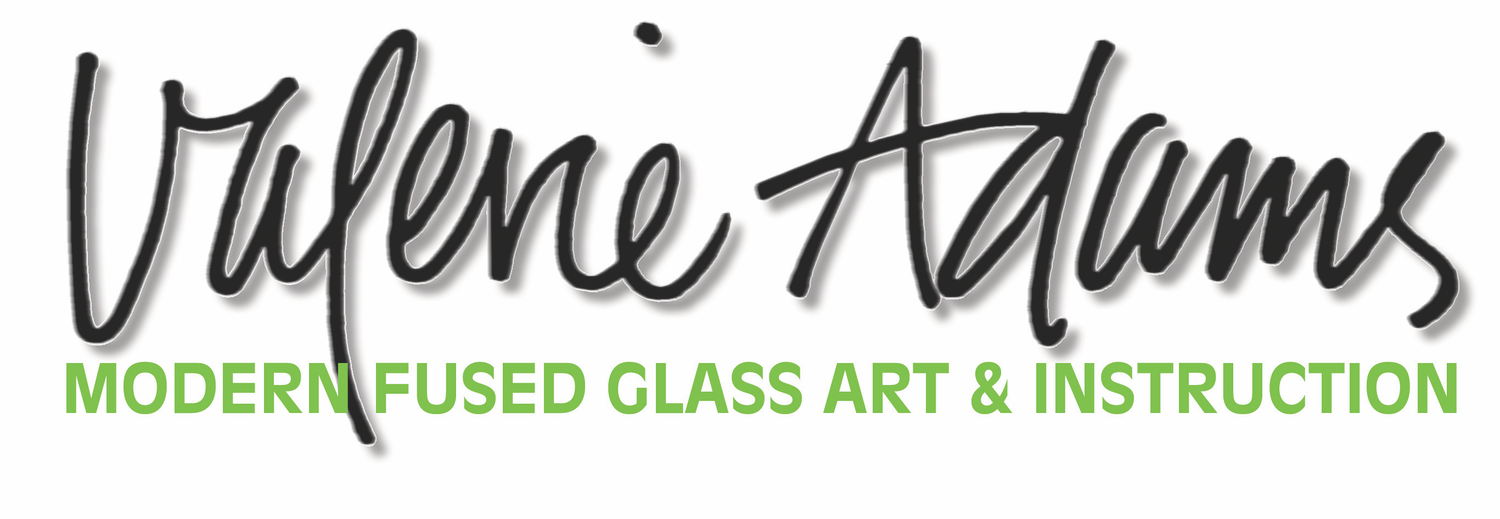Tackling my kiln repair
Originally Posted Tuesday, May 4, 2010
Well one thing's for sure; if this was my only kiln, it would've been fixed a long time ago! As it is, this is my medium kiln so I've been working with my small and larger kilns while procrastinating about the repair.
A few weeks ago I carefully pushed all the elements back in place. Surprisingly, they fit back into the channels fairly easily. I still have to cement them in with some dabs of Pyrolite caulk but that's an easy job. I have a new lid for this kiln (a Paragon Fusion 10) but since none of the holes are drilled in the stainless housing and it would need to be wired to the elements and controller, I decided to see if the old top was serviceable for awhile.
I replaced the relay (the cause of all my angst!) and fired it up for a test run. Both side and top elements heated up, which is a good sign that there's no damage to them. So that just left the floor to deal with.
Mike and Eric up at Creative Ceramics and Glass (and Blue Fire Molds) in Larkfield recommended, rather than trying to fit new kiln brick into the irregular crater I had, it would be wiser to dig out the existing bricks in a squared-off shape, which made sense.
With my large kiln slumping a batch of trays and nothing for the baby kiln to fire, I decided to see how hard it would be to clean out that dang crater. (Did I mention I bought a new kiln at the Las Vegas Glass Expo last month? Since it arrived in a box that had obviously been dropped, I can't play with it either. The replacement is traveling from Florida now.)
I gathered a few tools and my camera and got busy. Here's how it went:
I marked my cut lines, attempting to create an easy-to-fill-in hole.
Chipping out the old brick was easier than I thought. I used my girlie hammer and putty knife for most of the outline and then picked away a bit with the screwdriver. By sliding the putty knife down into the groove I'd created and then using the screwdriver, I was able to protect the edges of the brick I didn't want to damage.
While the hole isn't perfect, I felt this was a good time to begin shaping my new fire bricks. This was the fun part! I felt like a stone mason, chipping, carving and sanding! Here's the first piece of brick, ready to place.
And here's the second one, fitting snugly. I had to do a little grinding in the hole to refine the shape but I expected that.
So with all three floor bricks in place, it was time to tackle the perpendicular thin bricks that support the elements. You can see a little chipped off area on the existing brick in the photo above but since I wanted to leave that full brick intact, I chose to ignore it, knowing that cement would fill it in.
These little bricks in the side were the biggest challenge. I didn't photograph them before placing but they're actually L-shaped to make a channel for the elements. I broke several while trying to carve out that 1/2" channel, which is why you see the tiny square in the left area. The brick to the far right is an original brick which I wanted to retain so I carved a little patch piece to help support it.
This is the messiest looking section of my repair but I know it'll be sturdy and functional.
This cement looks sloppy right now but as soon as it's dry I can sand off the excess, which should leave the floor looking pretty good. Even if I didn't sand it, it would be ok since it's under the kiln shelf but if you know me, you know I'll want it to look as perfect as possible. I debated grouting the side bricks but since the original ones aren't, I'm going to skip it. They're cemented in place against the side walls so unless they move, I think I'm done with the floor.
I'm pretty pleased with how far this kiln has come and I definitely gained a lot of confidence in my repair abilities!
